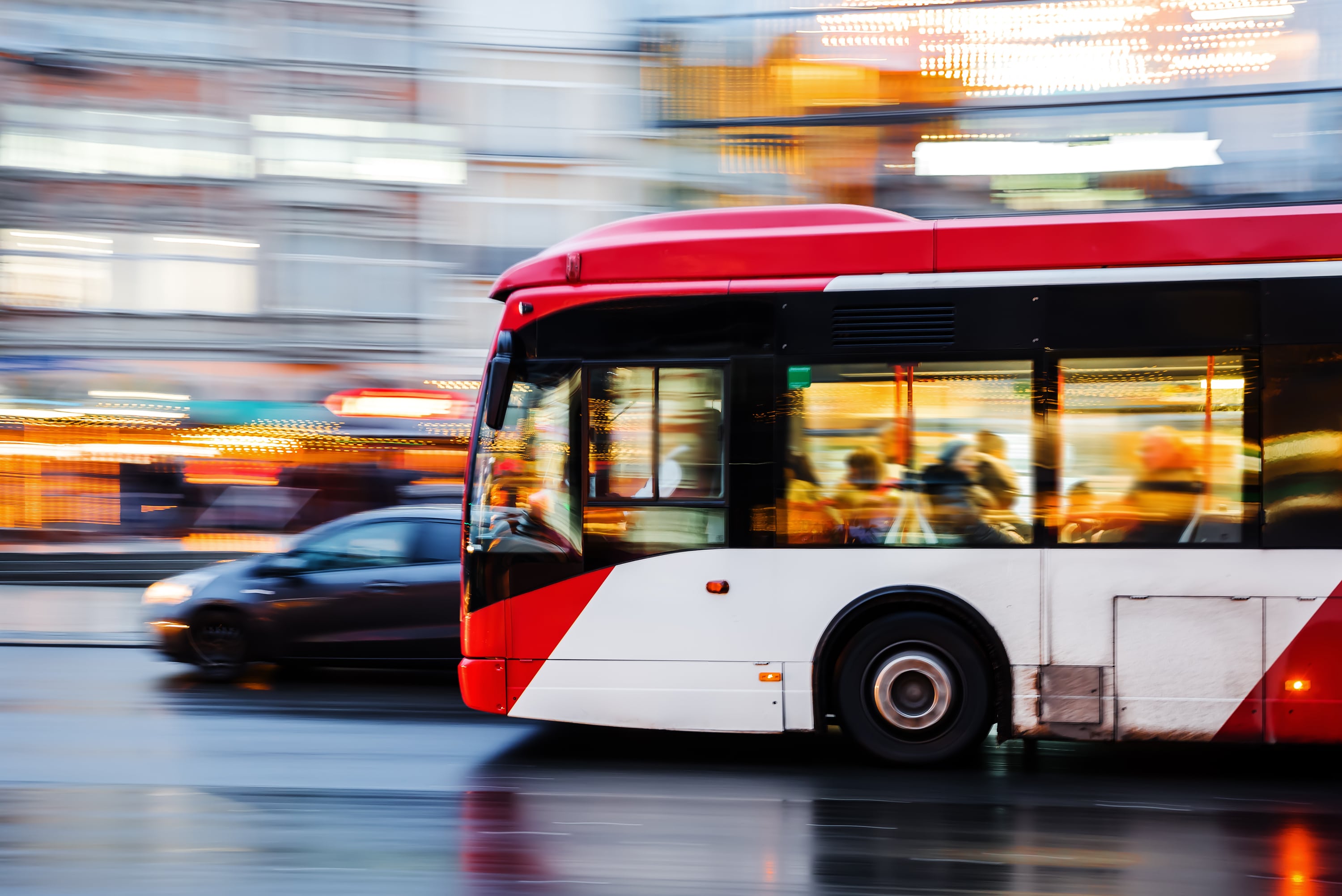Fuel Price Hike Drives People Toward Public Transportation

EghtesadOnline: Since the government rationed and raised the price of gasoline on Nov. 15, the public transportation fleet in Tehran has served 20% more passengers, Tehran City Council Chairman Mohsen Hashemi said.
Hashemi also told ISNA that the recent fuel price jump has compelled a large number of commuters to opt for taxi, bus or subway for their daily trips.
Based on the new regulations, private car owners can buy 60 liters of subsidized gasoline every month with a fuel card for 15,000 rials (12.5 cents) per liter, up 50%. Additional purchases (maximum 250 liters a month) will cost 30,000 rials (25 cents) per liter, up 200%.
"The number of passengers of public transportation has seen a 15-20% rise in the capital city during the past week. This is while the transport system does not have sufficient capacity to handle the influx," Financial Tribune quoted him as saying.
Hashemi noted that over 1,000 subway cars are currently operating in the capital's urban subway system, 30% of which need to be upgraded.
"The slightest disruption in one of the trains can disturb the schedule of other trains in subway lines," he said.
Currently, the capital's subway stretches over 220 kilometers and comprises seven lines (1 to 7) with nearly 120 stations. Lines 6 and 7 are yet to become fully operational.
Subway commute has increased significantly in Tehran in recent years and now four million people use the trains every day. Tehran Municipality expects the number to climb by a massive 25% after subway lines 6 and 7 are up and running.
But this is definitely not enough for Tehran where, according to statistics, over 15 million people commute daily, many from the surrounding cities and towns.
Urban Buses
Highlighting the deficiencies of the urban bus fleet, Hashemi said the number of operating buses hardly reaches 6,000, half the number required for offering acceptable transportation services in the megacity.
Besides, he added that the average age of the fleet is over 11 years, such that 50% of the buses plying the streets of Tehran are dilapidated and fit for the scrap-yard.
“These old buses have numerous technical flaws and cause inconvenience to the passengers. They also copiously add to the suffocating air pollution,” he said.
As a remedial action, TM and Tehran Bus Company are planning to sign an agreement with a domestic bus manufacturing company for repairing and upgrading the capital city’s old buses.
Peiman Sanandaji, the head of TBC, told the media that if negotiations work out, financial aid in the form of cheap loans amounting to 2 billion rials ($16,600) will be offered to the drivers of dilapidated buses to have their vehicles repaired by the bus company.
Previous Measures
According to Sanandaji, since the beginning of the current fiscal year (March 21), 100 buses have been repaired.
"Their engines, along with their cooling and heating systems, have been upgraded," he added.
Additionally, in mid-June, 13 buses and 117 minibuses produced by domestic automakers, such as Iran Khodro, Bahman Khodro and Sabalan Khodro, were added to the public transportation fleet to upgrade the aging transportation network of Tehran.
TM also announced that it has started restoring 500 dilapidated buses that have outlived their usefulness.
“Inefficient public transportation fleet is one of the worst problems afflicting the residents of Tehran. Addressing the issue is high on the municipality’s agenda,” Tehran Mayor Pirouz Hanachi said at the time.
While such positive measures are gaining momentum, they have not been effective because of the growing number of dilapidated buses plying the streets of Tehran.
In early July, TM signed an agreement with Omid Entrepreneurship Fund to allocate 12.5 trillion rials ($104 million) in cheap loans for the expansion of Tehran’s public transportation system.
OEF and TM also discussed diverse solutions for overhauling the aging and inefficient public transportation fleet, including the repair and replacement of dilapidated taxis, minibuses, buses and passenger vans.
The agreement also envisaged replacing smog-inducing motorcycles with electric bikes, promoting biking facilities and providing vehicles with pollution absorbents and high-quality catalysts converters, as well as upgrading air quality monitoring equipment and devices.


